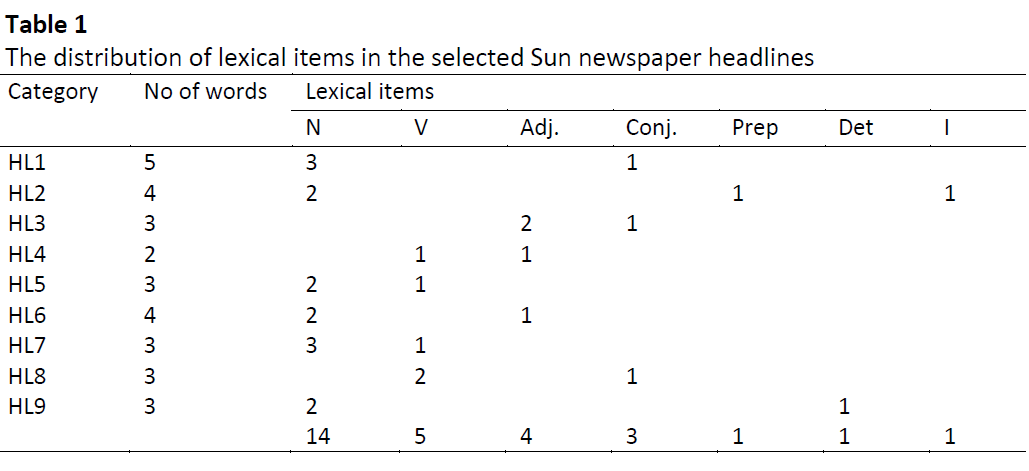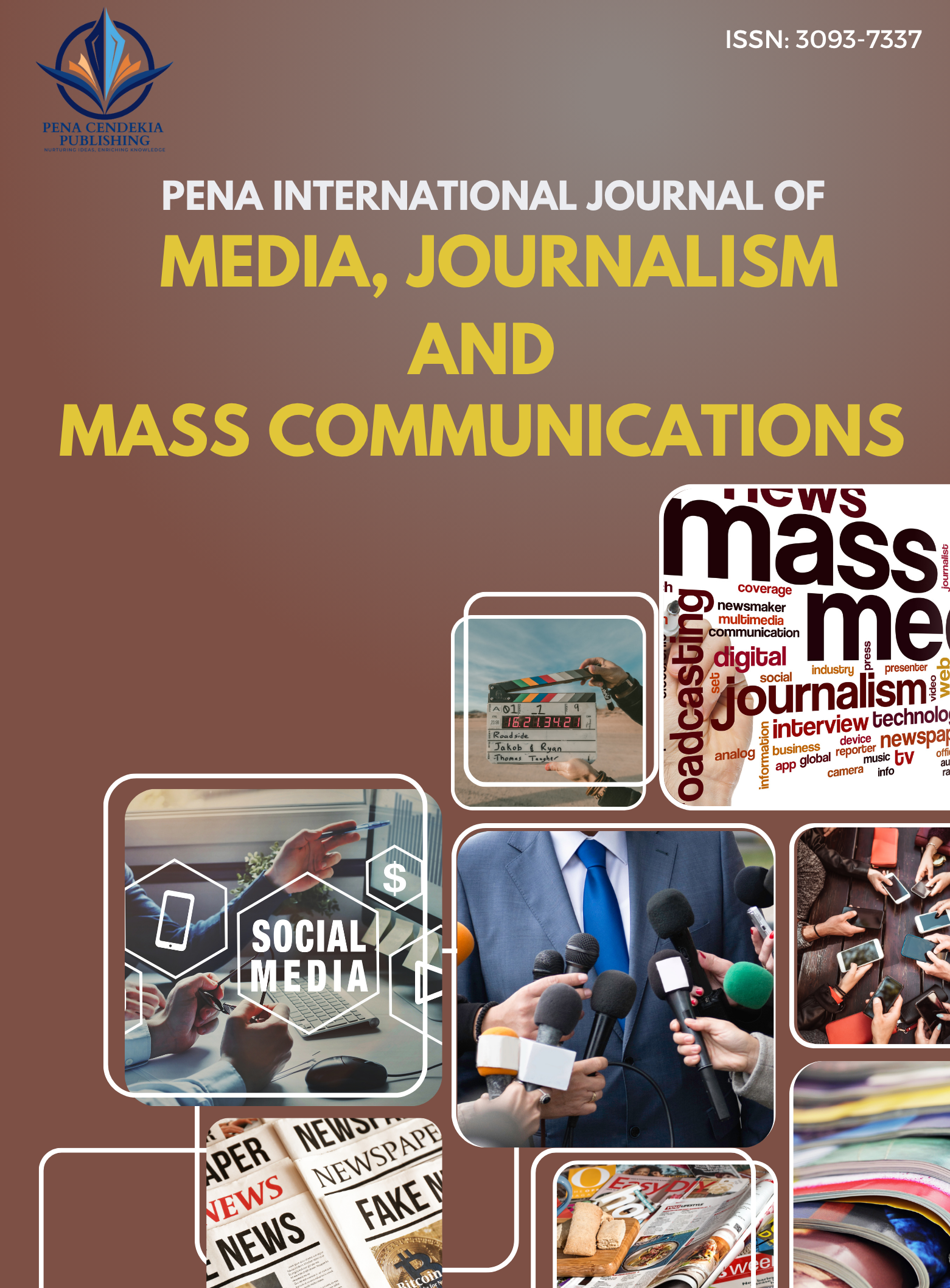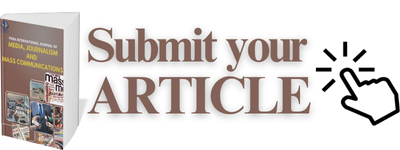Words that Shape News: Exploring the Language Use in News Headlines
Keywords:
Functional types, language use, lexical features, newspaper headlinesAbstract
In this digital age, the world has undergone massive transformations, shaping various aspects of modern life, including the mass media. Mass media play an essential role in shaping people’s lives, where newspapers remain as one of the types of mediums that can engage readers through language use. A variety of printed as well as online newspapers are easily available to attract a wide range of readers, including English as a Second Language (ESL) learners. Nevertheless, ESL learners often find it confusing to understand English newspaper headlines due to their language use and unique structures. Words play an important role in shaping news, whereby editors and writers use words to engage well with readers. Thus, this study aimed at examining the language use of selected English newspaper headlines, focusing on their lexical features and functional types. To conduct the study, nine headlines from the Sun, collected for the Monday issue for a two-month period (January and February 2024) serve as convenient sampling. This study employed both quantitative and qualitative research approaches whereby the analysis of lexical features used was drawn from the Tense System in Headlines Analysis by Quirk, Greenbaum, Leech and Svartvik (1985), while the functional types of headlines were analyzed using Mardh’s model – Typical Linguistic Features of Newspaper Headlines (1980). The results suggested that the usage of nouns and statements outnumbered other forms of lexical items and functional types in the selected newspaper headlines of the Sun for those two months. Another significant finding would be the ellipsis or omission of lexical items in the selected newspaper headlines. The findings of the study may contribute to the broader understanding of lexical features, stylistics and language as well as the media, offering valuable insights that can be useful in helping ESL learners in their academic context and intended readers of English as well as researchers who are interested in studying the language used in newspaper headlines.









